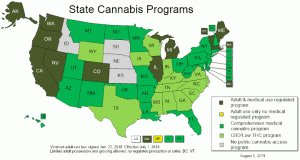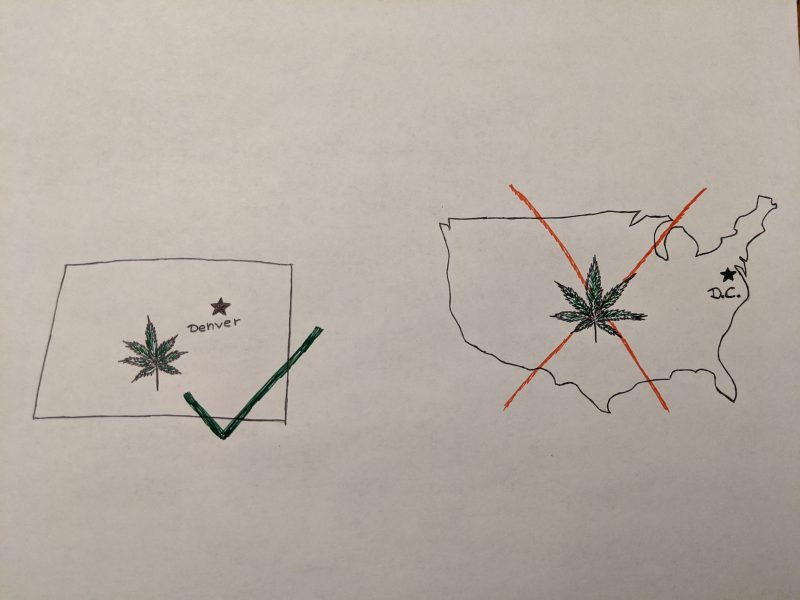What are those???
All these seemingly random letters have in common that they are compounds called cannabinoids that affect our endocannabinoid system (ECS). The ECS extends its reach throughout most of our body and has receptors in peripheral tissues and in the peripheral nervous system, as well as in the central nervous system (our brain and spinal cord). Some of the differences between them are that THC and CBD are both compounds found in marijuana, meaning that they are cannabinoids external to our bodies, whereas AEA (or anandamide) and 2-AG are endocannabinoids, meaning they are naturally produced within our bodies. Both types can bind to CB1Rs and CB2Rs, which are currently the most studied types of cannabinoid receptors in the ECS.
So what is this system involved in?
It has been found to affect numerous aspects of bodily functions, including but not limited to the secretion of hormones related to stress and reproductive functioning, food intake, certain types of metabolism, and more. Endocannabinoids are important regulators in all these instances, but external cannabinoids can be too. Some of the therapeutic uses of medical marijuana can be found in these areas:
- Anti-nociception (pain blocker)
- Anticonvulsant (to counter seizures)
- Anti-inflammation (reduction of swelling or inflammation) and
- Antiemetic (to counter nausea and vomiting).
* Nevertheless, it is noteworthy that lots of THC use (the psychoactive ingredient of marijuana) could be connected to long-term negative psychiatric effects, and many states have legalized medical marijuana that contains THC.
THC vs CBD
While CBD and THC have a number of similar medical benefits, CBD does not have the side effect of the euphoria people tend to experience with THC. Nevertheless, differences do exist:
| CBD (Cannabinol) | THC (Tetrahydrocannabinol) |
| Seizures | Pain |
| Inflammation | Muscle Spasticity |
| Pain | Glaucoma |
| Psychosis or mental disorders | Insomnia |
| Inflammatory Bowel Disease | Low Appetite |
| Nausea | Nausea |
| Migraines | Anxiety |
| Depression | |
| Anxiety |
What is so controversial about marijuana?
While the recreational use of marijuana is widespread throughout much of society, it is illegal by federal law and, interestingly, categorized as a Schedule 1 drug, indicating there is a high potential for abuse and no medical use. Schedule 5 is the lowest categorization, indicating there are medical uses and less potential for abuse. One of the consequences arising from marijuana’s high categorization is that research into its therapeutic potential becomes more difficult, which in turn makes it more challenging to determine and confirm its medical uses through research studies. Only increasing some of the mixed signals we receive surrounding this drug is that many state laws regulate programs that allow for different types of marijuana uses. For more information on the state laws click here.

